The flavor and taste characteristics of authentic Sakui coffee beans produced by Ethiopia for 23 years introduce how to make Sidamo Sakui coffee.
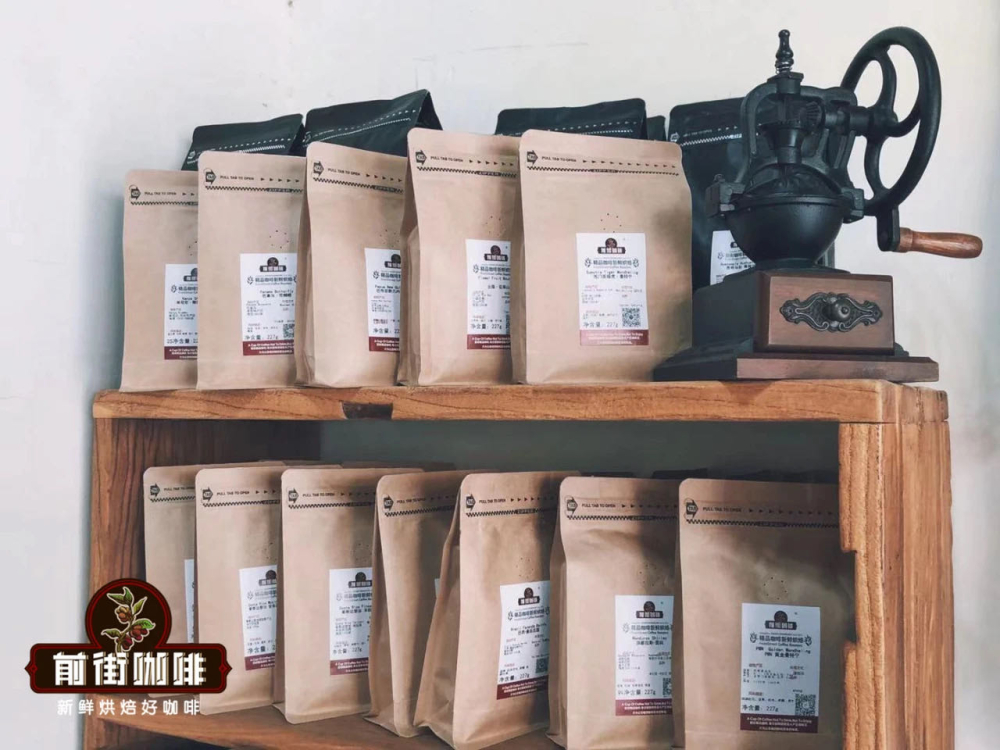
Professional coffee knowledge exchange more coffee bean information please follow the coffee workshop (Wechat official account cafe_style)
For more boutique coffee beans, please add private Qianjie coffee on Wechat. WeChat account: kaixinguoguo0925
Sakuran, literally, is a coffee bean full of fragrance. In fact, the flower aroma of Huakui coffee beans is not strong, but more fruity, such as passion fruit, strawberry, mango, jackfruit, citrus. Among them, only the sun-tanned coffee processed by the Buku Abel processing plant can be regarded as "Sakuran", so the Buku Abel processing plant is also known as "Huakui Manor". In February 2017, a tanned coffee from Humbera treated by the Buku Abel processing plant won the Ethiopian Raw Bean Competition (Ethiopia National Taste of Harvest Competition).
Four months later, Li Jianfei became the runner-up in the finals of the World Coffee Brewing Competition in China. The result of the competition caused a sensation because it broke Rosa's monopoly in the brewing competition and became the only coffee that could compete with it.
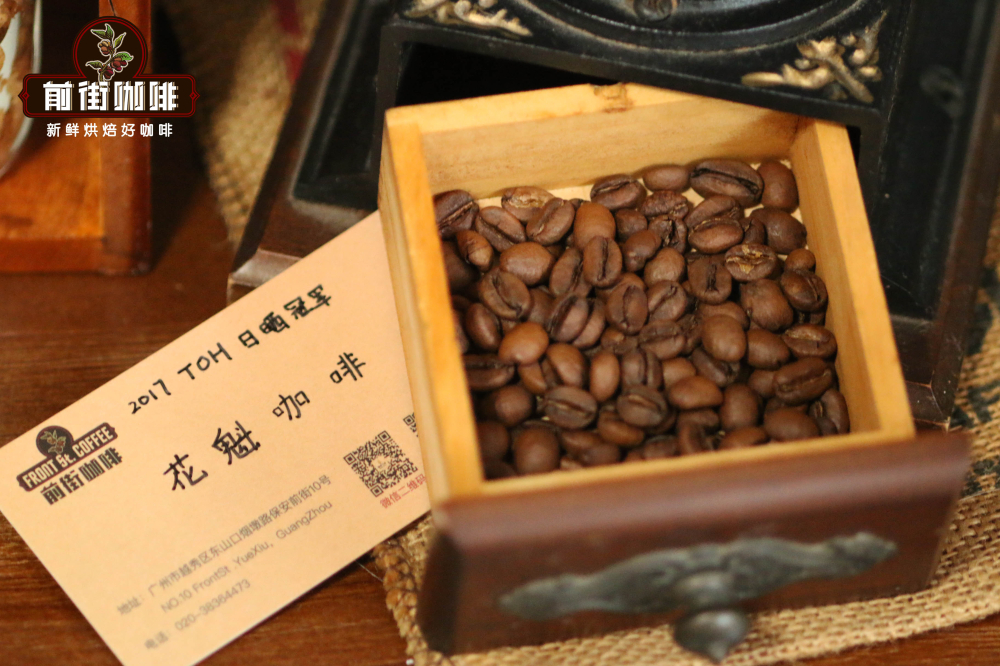
In the same year, Hongshun, a Chinese raw bean merchant, brought this coffee to China. In the same year, Hongshun, a Chinese raw bean merchant, brought this coffee to China, because Li Jianfei used the beans to overcome most of the rosy summer, and the English pronunciation of "geisha" is the same as the Japanese word for "Yun" (geisha), so Hongshun boldly named the coffee "Huakui", which was the top of the geisha in ancient times.
The coffee bean, named "Sakuran", comes from the Guji region of Ethiopia and once belonged to the Sidamo coffee region, but has been independent as a new region by the Ethiopian Commodity Exchange (ECX) since 2010. The Guji producing area, located in the southeast of Yejasuffi, is an area with complex topographical changes such as towering mountains, valleys and plains. Its average elevation is more than 1800 meters, so the Guji area has all the high-quality conditions for producing boutique coffee.
Humbela is a sub-production area of Guji area. Qianjie has learned that there are more than 20 processing plants of various sizes in the Humbera production area. The village of Dingtu is in the center of the town of Humbela, which is close to Shakizo and is also located in the south of Oromia, close to Sidamo and Kiddio. There are many mines in this area, which were used to dig for gold in the early days, resulting in many potholes in the coffee growing area. This makes people walk in it, full of danger. Like Shaquiso, Dingtu Village is a unique producing area of Sidamo Coffee, and even in Sidamo it is a remote area far from most coffee producing areas. Therefore, it is also faced with the need to use manpower to maintain the planting area and harvest coffee.

Buku Abel is a small mountain village surrounded by mountains. It originally had no manor or processing plant. It all began with those luxuriant and green native coffee trees on the mountain behind the village. These native coffee trees are unique to Ethiopia, and by December every year, they are covered with red coffee fruits. The villagers came to the back mountain, picked the red fruits, screened out the defects, and then put them on the African tanning bed at the entrance of the village for sun treatment.
After the processed coffee beans are changed into money, they become the source of income for the villagers and feed the whole village. This cycle goes on and on every year, and the area behind Buku Abel gradually becomes Buku Abel Coffee Farm; according to Qianjie, farmers pick coffee fruits from December to January each year, and the coffee must have a sugar content of more than 30% before it can be treated in the sun. The sun drying process is very fastidious, the first two days must ensure the humidity of coffee red fruit, so that its fructose is fully fermented. When the noon temperature is relatively high, shade should be carried out in time to prevent red fruit from sunburn, which is not conducive to fermentation. Then at night, in case of sudden rain, it is wrapped in thick plastic.
The fermentation and dehydration of coffee red fruit requires a lower temperature. After reaching the 18th day of sun exposure, the moisture content of raw coffee beans will drop to about 13%, then stop the sun treatment and put it in the warehouse in a sack. On this basis, continue to raise raw beans for about 50 days and further dehydrate. When the moisture content of raw coffee beans reaches about 11%, it will be transported to the treatment plant for shelling and other follow-up treatment.
The basic flavor of Huakui coffee bean
Sakui coffee beans in 2017 have a very fragrant strawberry flavor, which is why many friends who saw the flavor of Sakui were very impressed by Sakui and trusted this coffee bean.
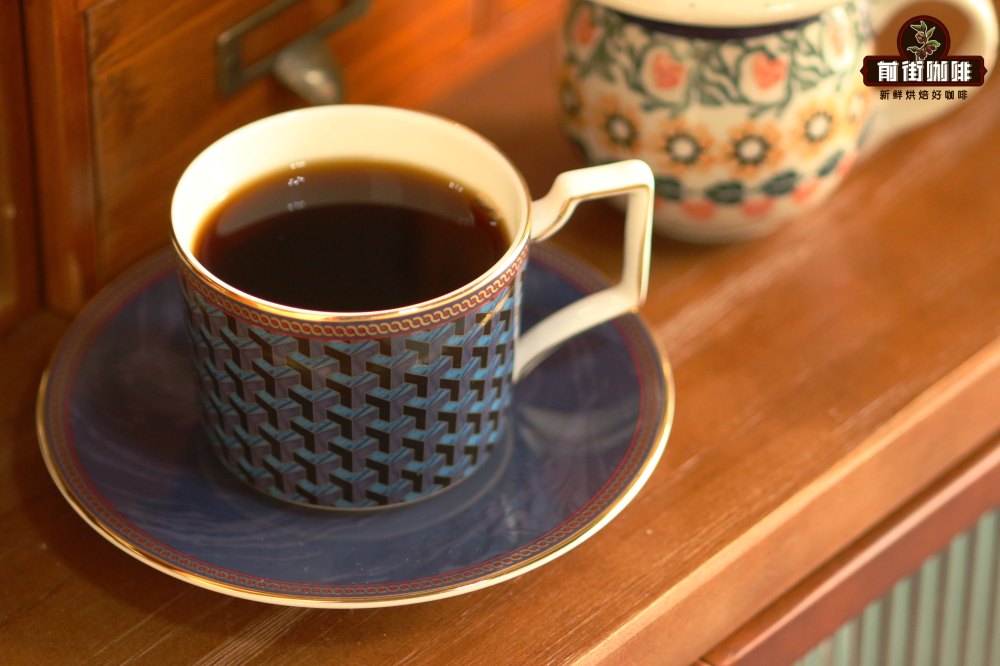
Basically, DW, Buku processing plant, Beijing Hongshun and Huakui Coffee are linked together. But we all know that coffee beans are agricultural products, which can lead to subtle differences in flavor according to the climate and planting conditions of the year. As coffee producer DW, processing plant buku, and Chinese importer Hongshun all knew this, they launched Sakui 2.0 the following year, which means that the flavor is different from that of Sakui coffee beans in 2017.
Sakui's raw beans are introduced into Qianjie every year. Compared with Sakui in 2017, Sakui 2.0 in 2018 and Sakui 3.0 in 2019, it is found that Sakui 2.0 and Sakui 3.0 still have the smell of strawberries, but they are getting weaker and weaker.
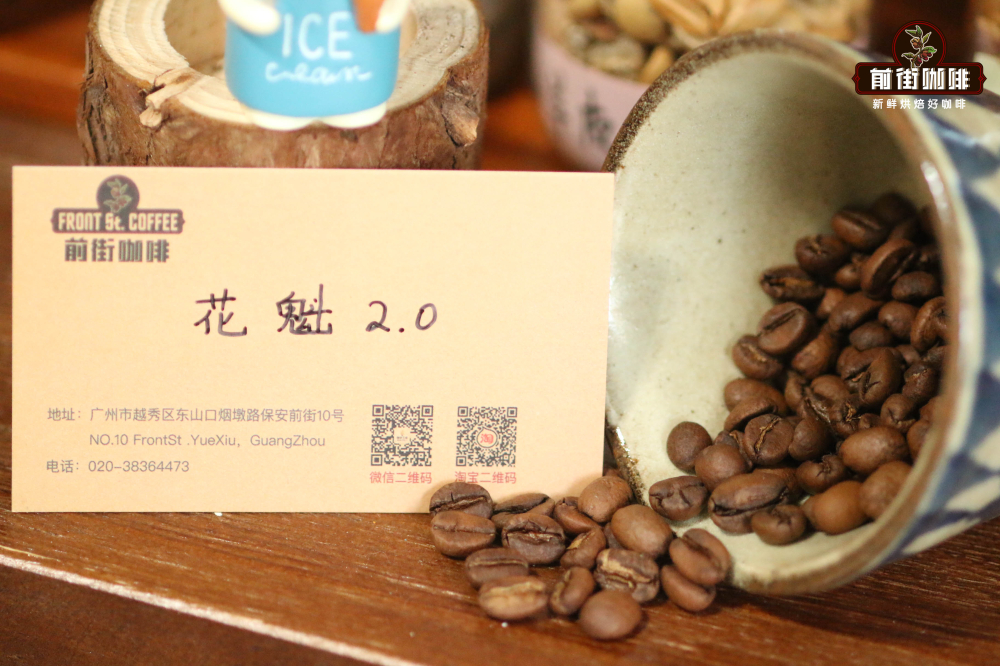
Subsequently, DW expanded its production scale and acquired several nearby processing plants. At present, there are a total of four processing plants, namely "Buku Abel", "Buku Saysay", "Haro Soresa" and "Tirtiro Goye". In this way, the amount of processing is greatly increased, and the range of producing areas of coffee fruits used for processing is also increasing.
DW has expanded its processing plant year by year, as well as increased production. Its flavor is also obviously different from that of Sakui in 2017. strictly speaking, only the sun-dried coffee beans treated by the "Buku Abel" processing plant can be called Sakui coffee beans.
Qianjie found that the main source of the aroma of Sakui in 2017 is that there are some particularly small-grain varieties of Sakui coffee beans, and similar small-grain coffee was also found in Sakui in 2018 and 2019. Starting from 2020, the processing plant will deal with the small grain Sakuran independently again, so the small grain Sakuran does not belong to the [X.0] series. Since 2020, DW will separate the small grain varieties to form the small grain Sakuran coffee beans.
By 2021, the flavor of Huakui 5.0 coffee beans was very different from that of Sakui in 2017. Huakui 5.0 coffee flavor was more citrus fruit flavor than that of strawberry flavor. However, it still captures the taste buds of many friends.
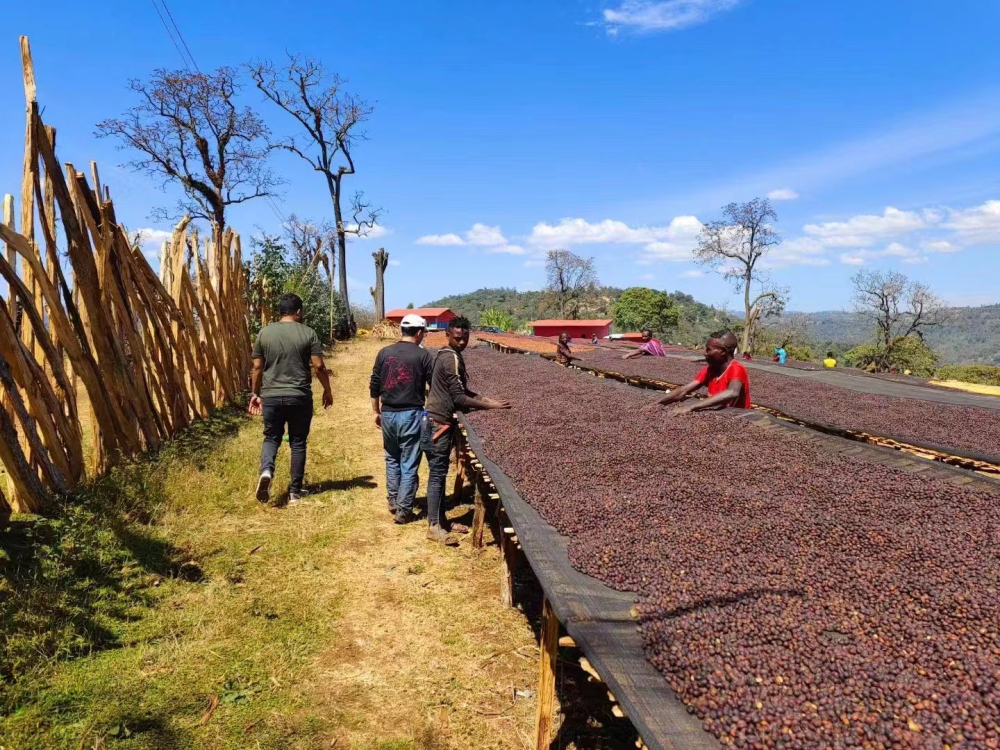
In June 2022, Qianjie also got Hongshun's Sakuran 6.0 batches, but this time's Sakuran 6.0 is a bit complicated. When I received the raw beans in Qianjie, I found that there were a lot of flat beans inside, and the grains were not full. Qianjie bakers will screen defective beans after baking, and after screening, we can still pick out many flat beans, cracked beans, mutilated beans and irregular beans. (in the picture below, a random sample of 15g in Qianjie can still pick out a lot of defective beans.)
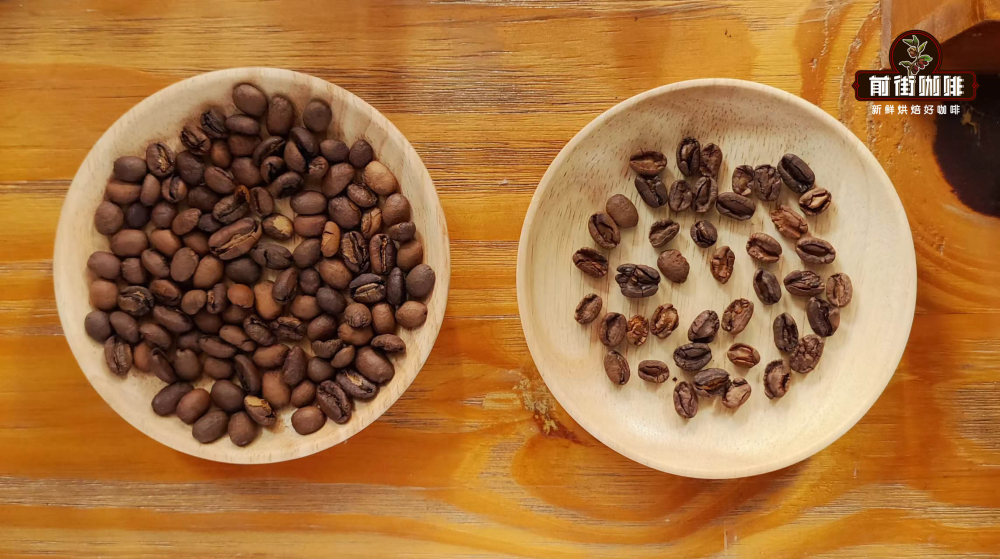
For this reason, Qianjie thought that such coffee beans could not be accepted by the public, so Qianjie looked for the coffee beans processed by the Buku Abel processing plant this year (not introduced by Hongshun), with full beans, complete grains and low defect rate.
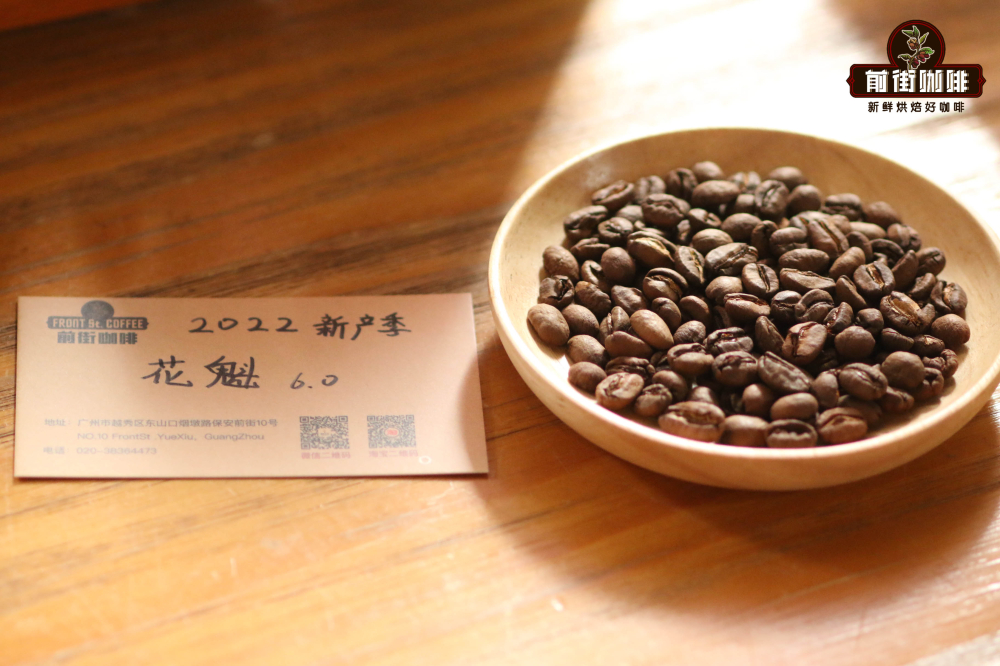
Through the cup test: Hongshun Huakui 6.0 flavor is berries, honey, passion fruit, outstanding sweetness.
2022 newly produced Jihuakui coffee bean flavor is orange blossom, citrus, honey, grapefruit, juice feeling is very strong
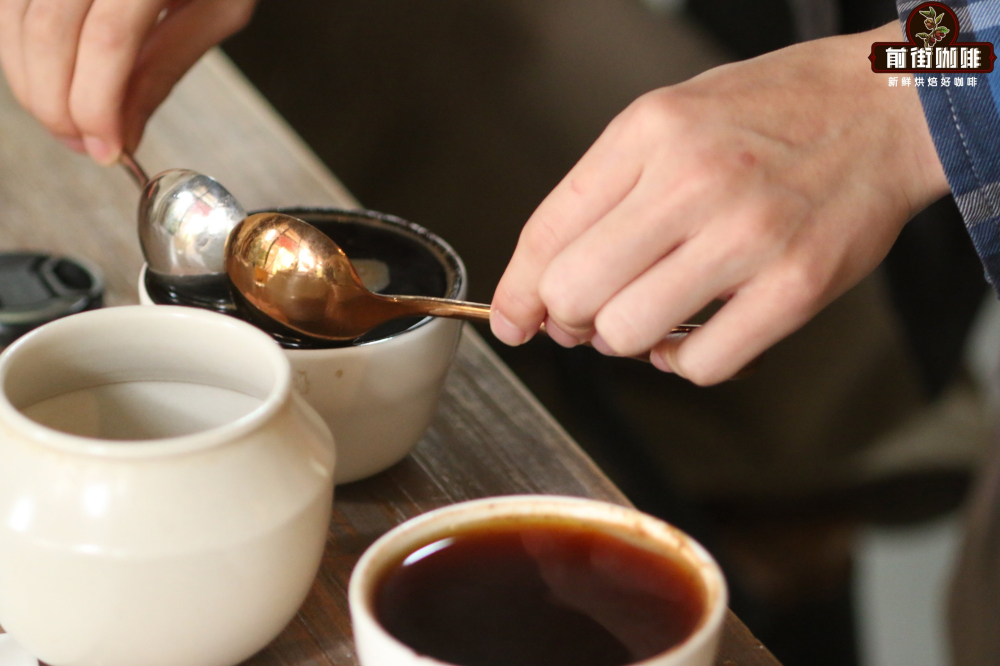
Suggestion on brewing coffee in Qianjie
Cooking parameters
Powder quantity: 15g powder
The ratio of powder to water is 1:15
Water temperature: 90 ℃
Degree of grinding: the pass rate of Chinese standard No. 20 screen is 80%.
Filter cup: V60
Cooking method: 30 grams of water steaming for 30 seconds, direct central water injection to 125 grams, then injection to 225 grams, see powder bed to remove the filter cup, the total extraction time is: 2 minutes.
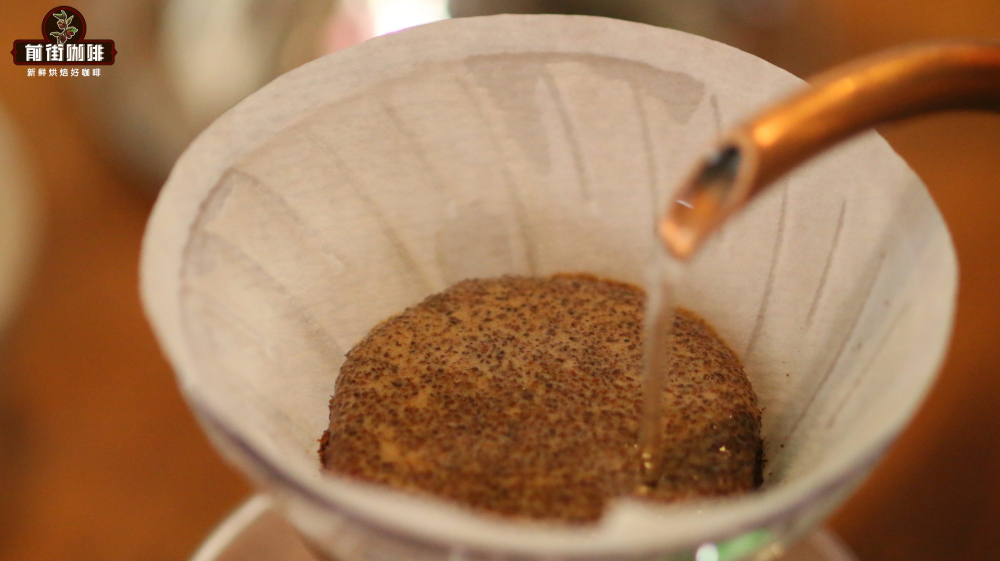
The reason why the coffee powder has to be steamed for 30 seconds is to fully release the carbon dioxide in the coffee powder particles, so that the flavor can be extracted more fully. While the coffee beans shipped on Qianjie are baked within 5 days, when the friends receive the goods, the coffee beans have gone through a period of 4 to 7 days, which is the period of the best flavor. At this time, the coffee beans are cooked, and the friends can see the bulging steamed "hamburgers" in the steaming stage.
In addition, some friends do not have coffee bean grinding equipment in their homes, and Qianjie also provides grinding services for this purpose. Qianjie needs to be reminded here that after the coffee beans have been ground into powder, the exhaust activity is more active and the loss of flavor substances is accelerated, so Qianjie suggests buying whole beans and grinding them now.
In the new year, Hongshun Coffee also released the new season's Sakuran, named "Sakui 7.0. compared with the decline in the reputation of Sakui in 2022, this year's Sakui series seems to be trying to save the reputation of the Sakui series. According to Qianjie, the first batch of Sakuran 7.0 will arrive at Shanghai Port on April 17, that is to say, around April 24, Sakuran 7.0 will face the market. The second batch of Sakuran 7.0 arrived in Hong Kong in May.
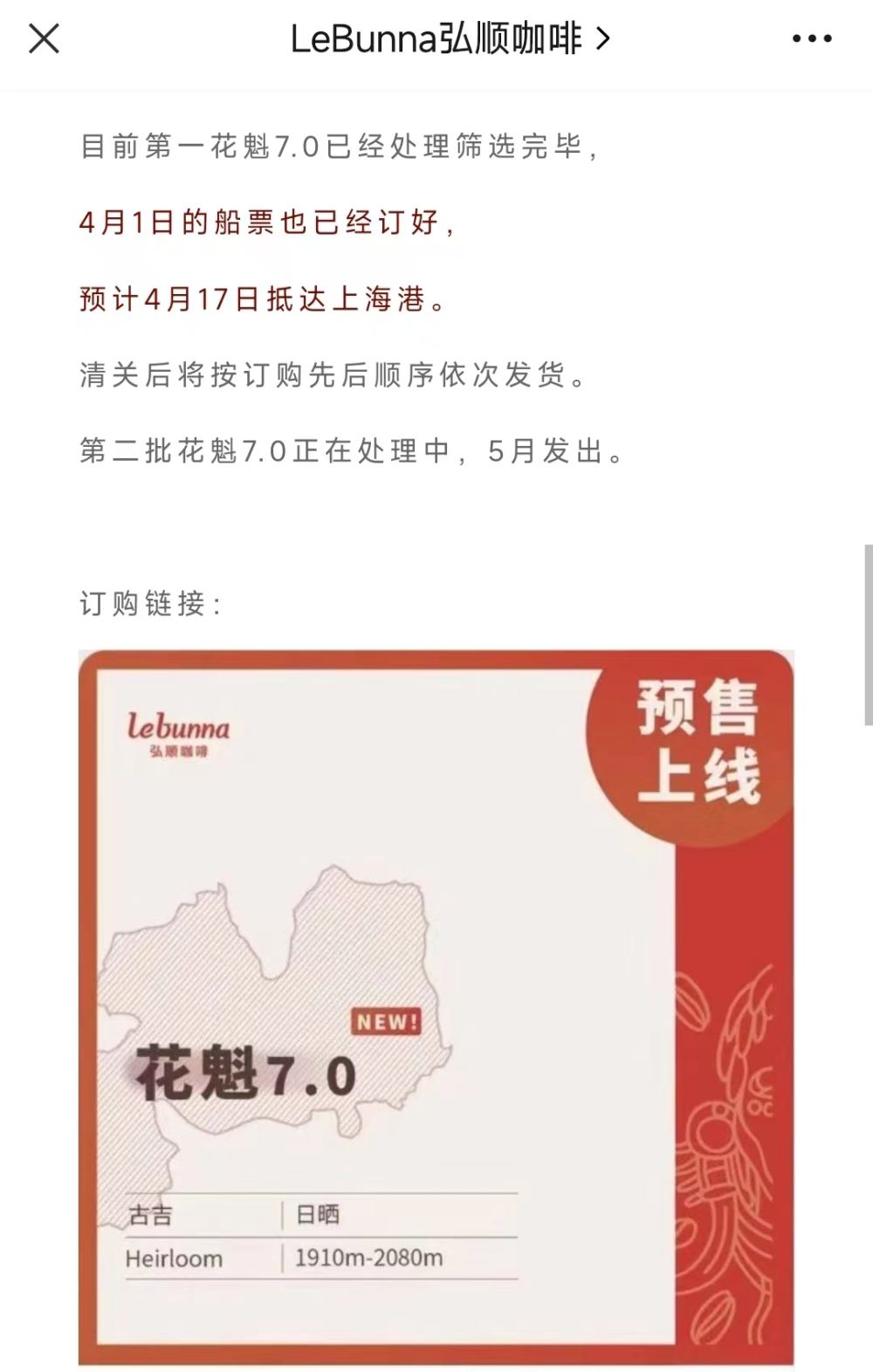
And the new season of Huakui 7.0 coffee beans also arrived in Hong Kong in May 2023 as scheduled! Qianjie coffee is also the first time to get raw beans and made a comparative observation and roasted cup test.
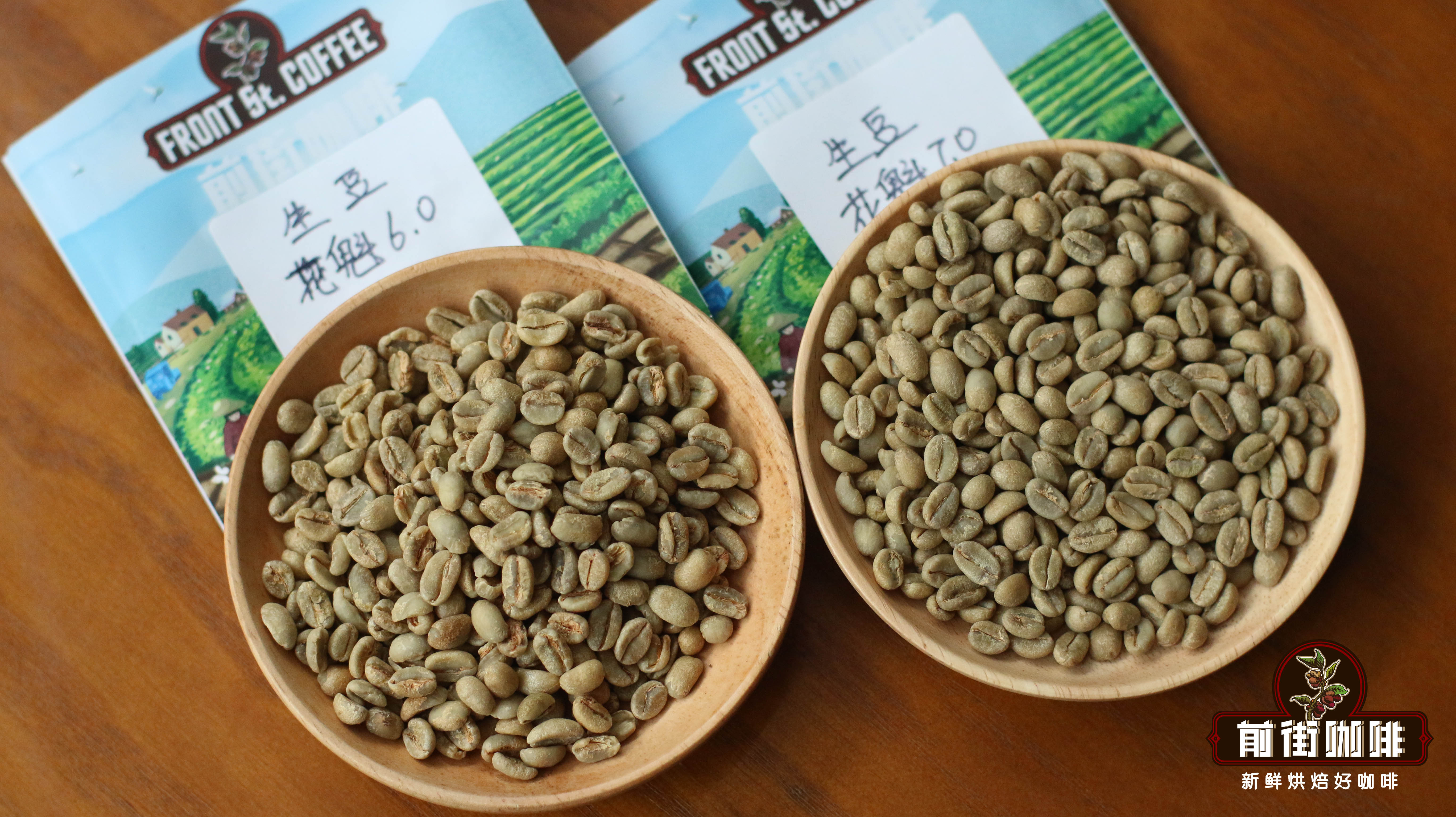
Compared with Sakui 6.0, the defect rate of raw beans of Sakui 7.0 is not so high, and the overall situation is much better than 6.0. Qianjie coffee is carefully selected before and after baking. After cup test, it was determined that the flavor of Huakui 7.0 in the new season was characterized by fruit fermentation, berries, citrus and honey.
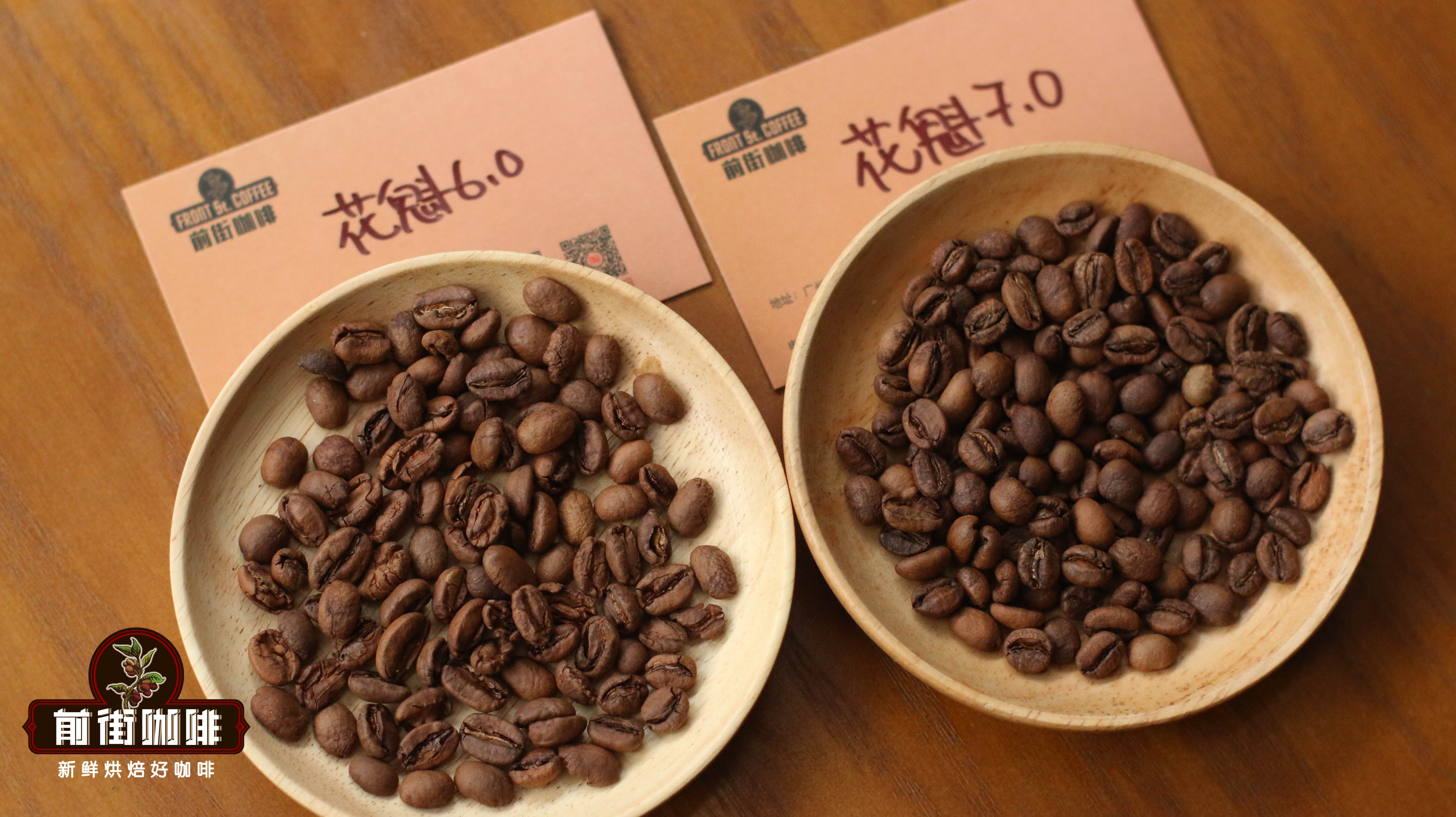
Important Notice :
前街咖啡 FrontStreet Coffee has moved to new addredd:
FrontStreet Coffee Address: 315,Donghua East Road,GuangZhou
Tel:020 38364473
- Prev
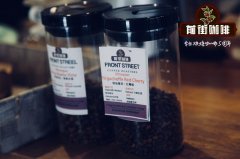
Why is Kopi Luwak so expensive? is Kopi Luwak delicious? is it really made of shit?
For more information on coffee beans, please follow the coffee workshop (Wechat official account cafe_style) Kopi Luwak (Kopi Luwak), also known as civet coffee (English: civet coffee, Indonesian: Kopi Luwak, Filipino: Kape Motit, Kape Alamid, Kape Mel?, Kape Musang). In Indonesian, Kopi means coffee.
- Next
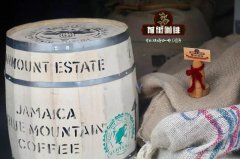
How to tell the authenticity of Blue Mountain Coffee not all Jamaican coffee is Blue Mountain
Professional coffee knowledge exchange more coffee bean information please pay attention to the coffee workshop (Wechat official account cafe_style) not all standard blue mountains are true blue mountains, the difference between Jamaican blue mountains and blue mountain flavor coffee? When it comes to drinking coffee, many friends will immediately say, give me a cup of Blue Mountain. Jamaica Blue Mountain Coffee is famous for its high reputation, low yield and long history.
Related
- Detailed explanation of Jadeite planting Land in Panamanian Jadeite Manor introduction to the grading system of Jadeite competitive bidding, Red bid, Green bid and Rose Summer
- Story of Coffee planting in Brenka region of Costa Rica Stonehenge Manor anaerobic heavy honey treatment of flavor mouth
- What's on the barrel of Blue Mountain Coffee beans?
- Can American coffee also pull flowers? How to use hot American style to pull out a good-looking pattern?
- Can you make a cold extract with coffee beans? What is the right proportion for cold-extracted coffee formula?
- Indonesian PWN Gold Mandrine Coffee Origin Features Flavor How to Chong? Mandolin coffee is American.
- A brief introduction to the flavor characteristics of Brazilian yellow bourbon coffee beans
- What is the effect of different water quality on the flavor of cold-extracted coffee? What kind of water is best for brewing coffee?
- Why do you think of Rose Summer whenever you mention Panamanian coffee?
- Introduction to the characteristics of authentic blue mountain coffee bean producing areas? What is the CIB Coffee Authority in Jamaica?

